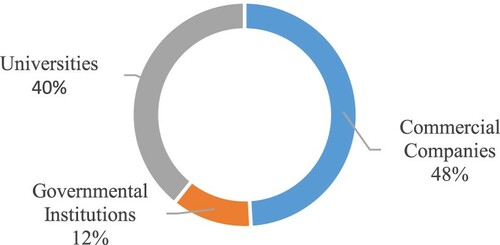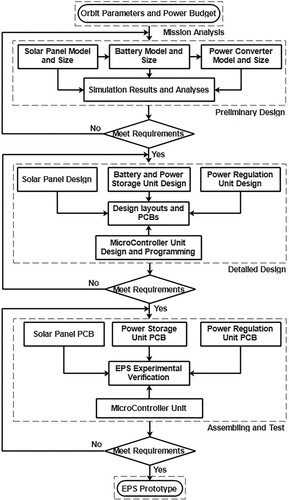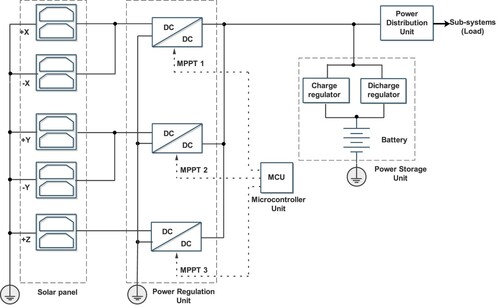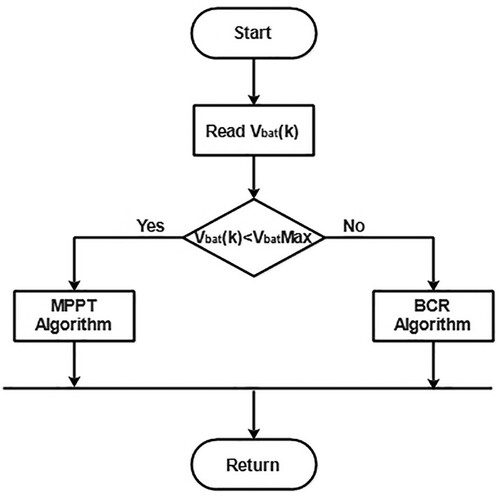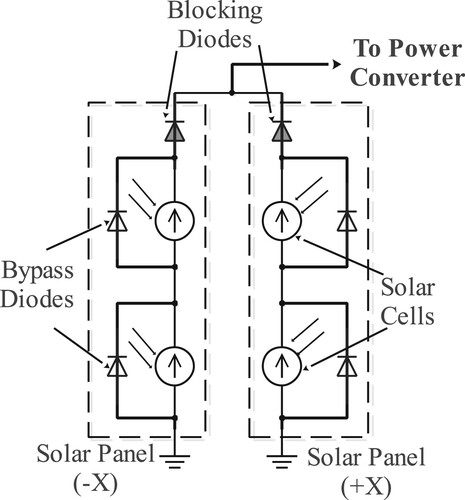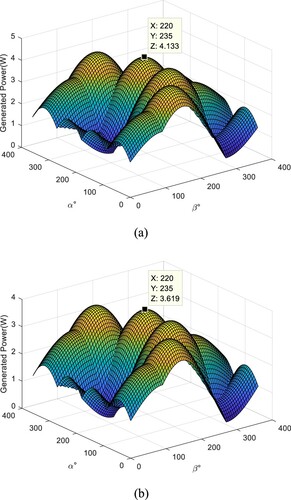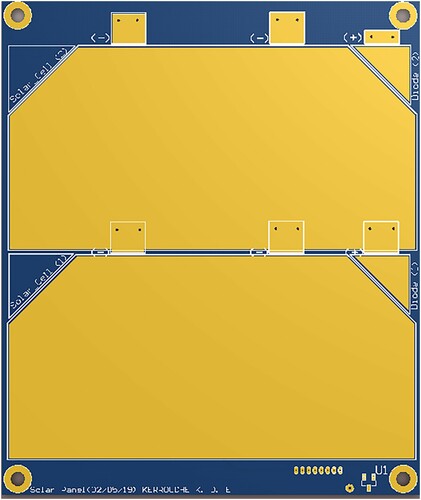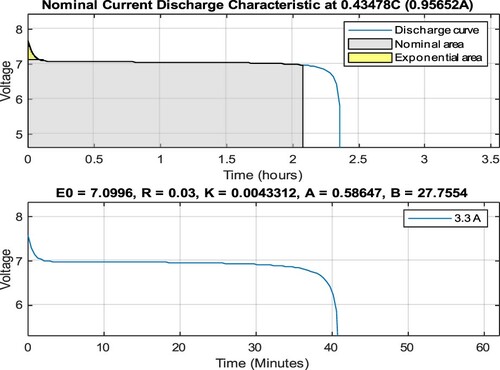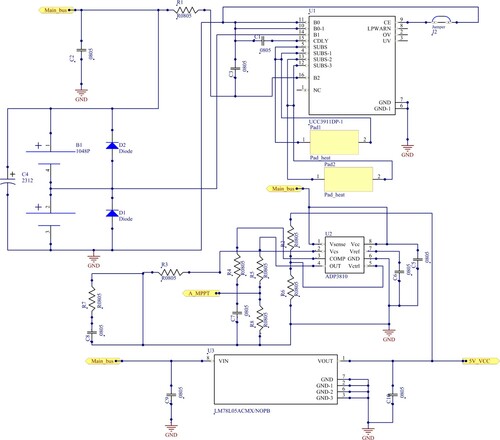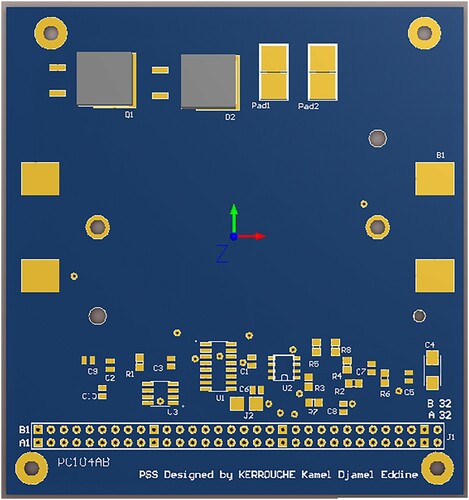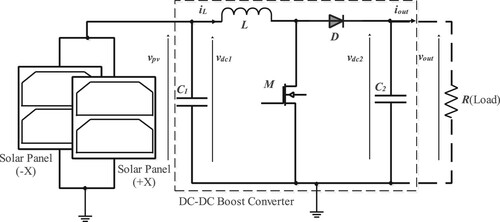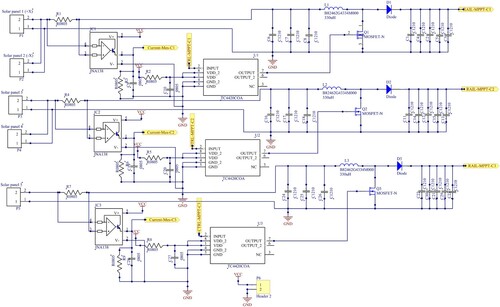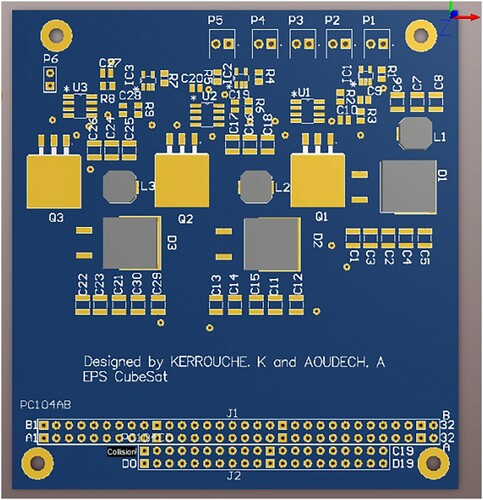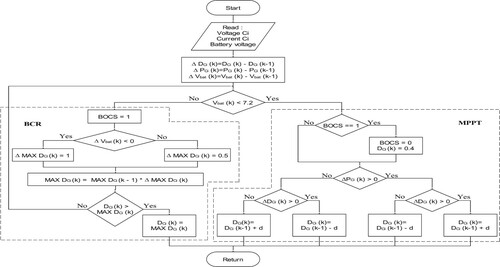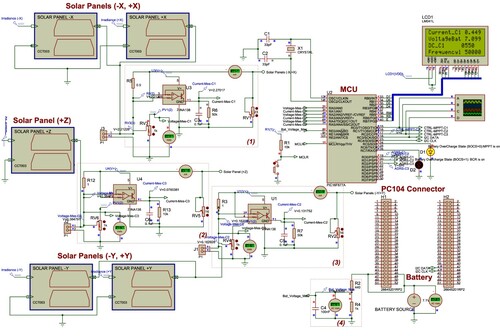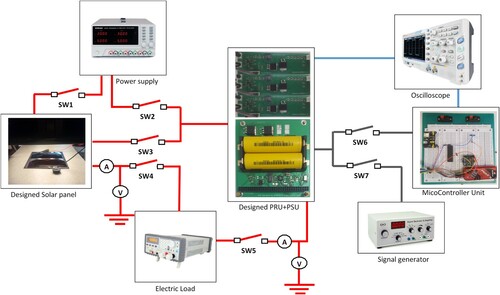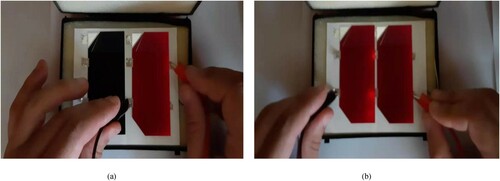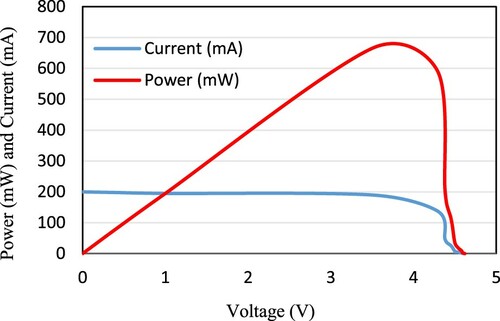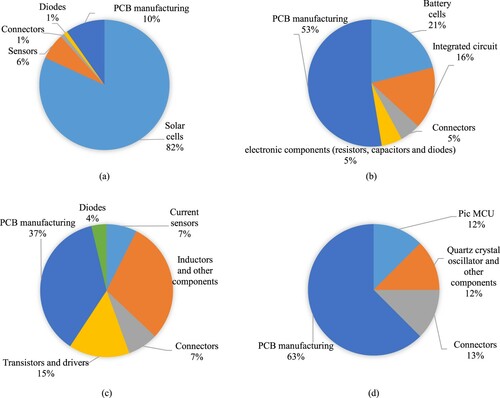Figures & data
Figure 3. 1U CubeSat structure [Citation27].
![Figure 3. 1U CubeSat structure [Citation27].](/cms/asset/1098b63c-9a0d-4906-98a9-d99478ecd681/taut_a_2065420_f0003_oc.jpg)
Table 1. Mission parameters.
Table 2. Power consumption of subsystems.
Table 3. Power of different mission modes.
Figure 7. AzurSpace PV cell characteristics influenced by temperature: Curves of current and power versus voltage.
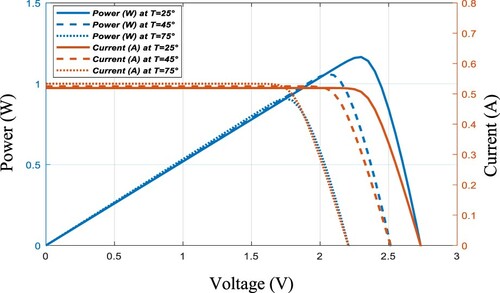
Figure 9. PV panel characteristics based on AzurSpace solar cells influenced by temperature: Curves of current and power versus voltage.
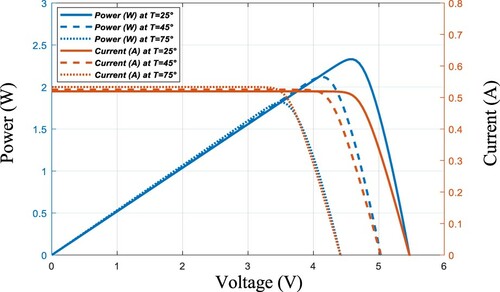
Table 4. Review of the Space commercially available Li-ion cell chemistries and their characteristics [Citation44].
Table 5. Boost converter parameter expressions for high and low duty cycles.
Table 6. Parameters of boost converter obtained from the high and low duty cycle.
Table 7. DMC verification of boost converter obtained for high and low duty cycle.
Figure 16. Simulation of the boost converter with high duty cycle and low duty cycle: (Dashed line) Output currents; (Solid line with dots) Output voltages.
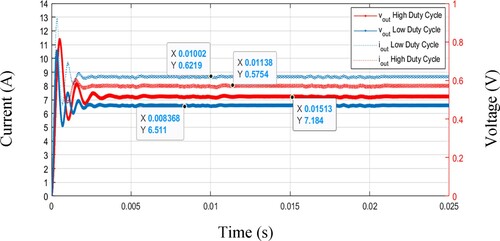
Figure 21. Simulation of MCU failure case: Boost converter driven by PWM signal from analogue MPPT selected by the arbitrating system.
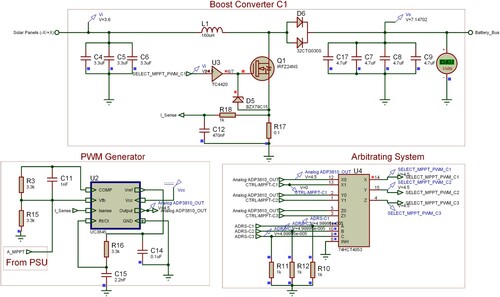
Table 8. Truth table of arbitrating system for cold redundancy.
Figure 22. EPS design ETB: (a): (1): Computer; (2): Voltmeter; (3): Battery and Power Storage Unit; (4): MCU; (5): Power Regulation Unit; (6): Programmer and Debugging system; (7): Oscilloscope; (8) Power supply; (b): (9) Lighting system; (10): Assembled solar panel.

Figure 26. Experimental tests of the batteries: (a) charging characteristic; (b) discharging characteristic.
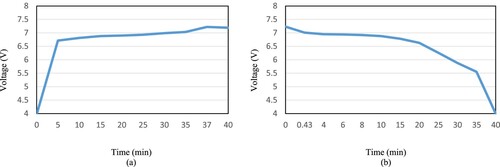
Figure 30. (a) Output voltage obtained by low duty cycle PWM signal, (b) Output voltage obtained by high duty cycle PWM signal.

Figure 31. Output PWM obtained by MCU: (a) Low duty cycle PWM signal, (b) High duty cycle PWM signal.

Table 9. Costs of EPS units.
Table A1. Electrical characteristics of solar cells [Citation37].
Table A2. Electrical characteristics of battery cells [Citation46].
Table A3. Acronyms list.

